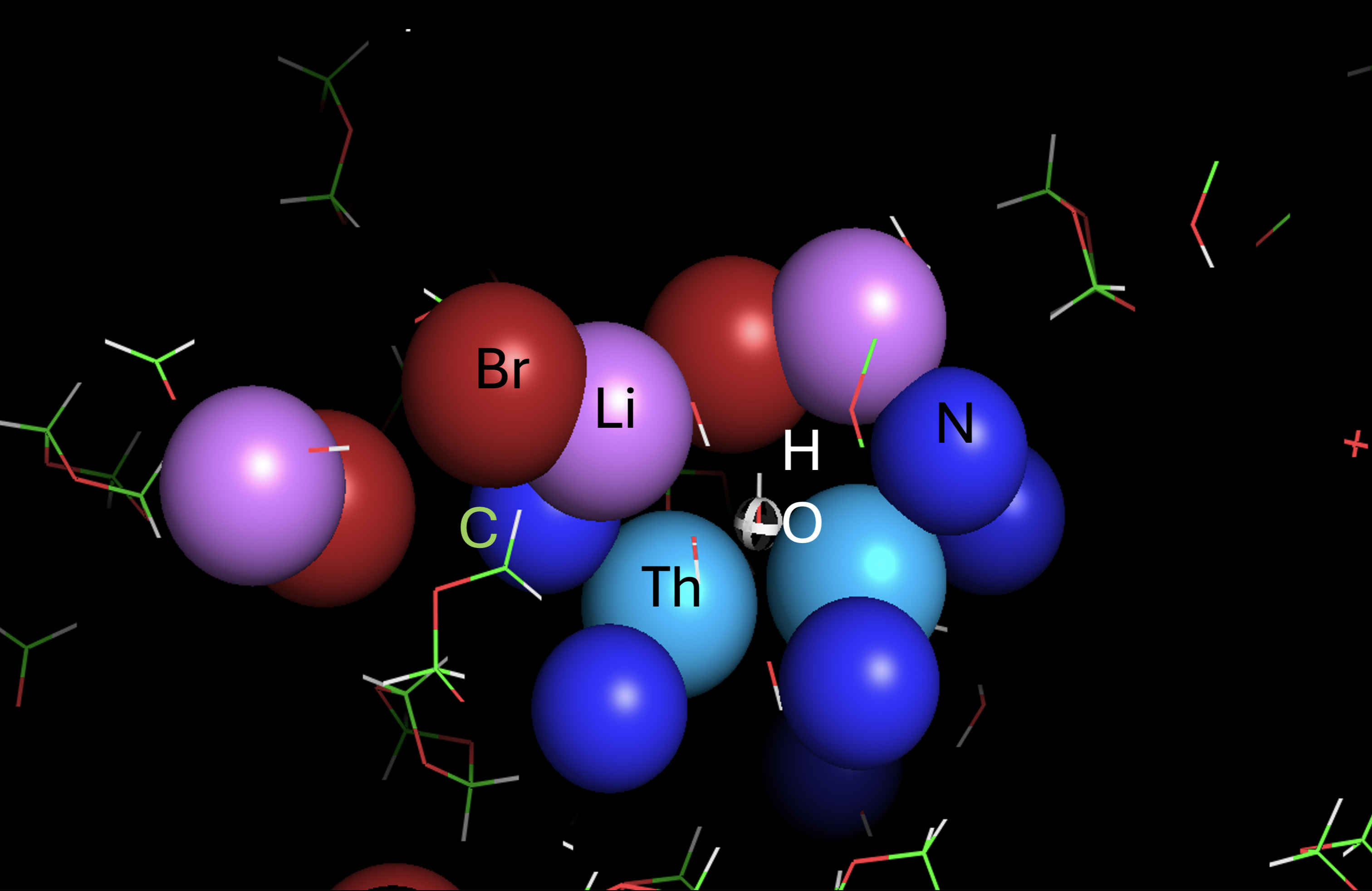Traditional Thorium-232 Decay
Thorium-232
Protactinium-233
Uranium-233
neutron capture → β⁻ decay (27 days) → β⁻ decay (27 days)
Thorium-232 requires neutron bombardment to begin the decay chain, taking 54 days total to produce fissile uranium-233.
Breeder Reactor U-233 Fission
Uranium-233
Fission Products
thermal neutron fission → energy + neutrons + radioactive waste
Current breeder reactors split uranium-233 to release energy, producing radioactive waste with thousand-year decay periods.
Our Breakthrough: O-16 Cluster Emission
Thorium-232
Chemical Environment
Lead-212
Excited Oxygen-16
X-ray induced charge transfer → direct cluster emission
Lead-212
Stable Lead-208
10.6 hours → stable end product
We directly convert thorium-232 to lead-212 through oxygen-16 cluster emission, bypassing the traditional fuel cycle entirely.
Why This Changes Everything
Traditional Nuclear
HyperPower Method
The Game Changer
Lead-212 decays completely to stable Lead-208 in just 10.6 hours, not thousands of years. This eliminates the radioactive waste problem that has plagued nuclear energy for decades.
We've demonstrated this process exists at trace levels through experimental observation and are now attempting to scale the chemical environment that makes it possible.
The Chemical Environment

Chemical Activation Mechanism
Two thorium nuclei bridged by two oxygen atoms in a larger molecular structure create the donor manifold. An antiperovskite bromine-containing nanocrystal forms the charge acceptor. Br K shell transitions energetically match Th L shell transition energy and the mobile Li ion enhances resonance energy transfer anharmonically. Click more to discover the semi-classical electrodynamics of anharmonic resonance with respect to the electromagnetic near-field. This gives us granularity of the field configuration inside of the Dicke volume, something the quantum approach lacks.
Experimental Discovery
We achieved experimental observation of this decay pathway by chance, due to a contaminant in our chemical supplier. We have since isolated the contaminant as a specific antiperovskite with incredible superionic conducting properties. We are attempting to synthesize en mass to scale the reaction.
Current Research
Our focus is optimizing the molecular environment to maximize the charge transfer and x-ray absorption efficiency to scale this breakthrough from trace amounts to practical energy production levels.